Optimal Seasons for Foundation Repairs
Foundation repairs are most effective when performed during specific seasonal conditions. The optimal time depends on local climate patterns, soil conditions, and moisture levels. Typically, mild and stable weather provides the best environment for repairs, allowing for thorough work and proper curing of materials.
Spring offers moderate temperatures and increased soil moisture, which can facilitate repair work. However, excessive rainfall may cause delays or complications.
Summer provides longer daylight hours and generally dry weather, making it a suitable time for repairs. Extreme heat, however, can impact curing times and material performance.
Fall typically features cooler temperatures and less precipitation, creating favorable conditions for foundation work before winter.
Winter is generally less ideal due to freezing temperatures, which can hinder excavation and material curing. Cold weather can also increase the risk of frost heave.

Construction activity during spring with moist soil and moderate weather.
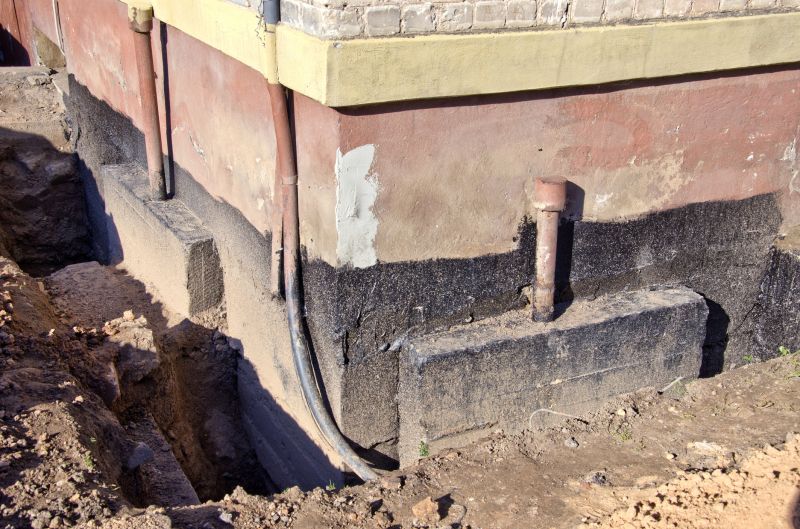
Dry conditions and extended daylight hours support foundation repairs.
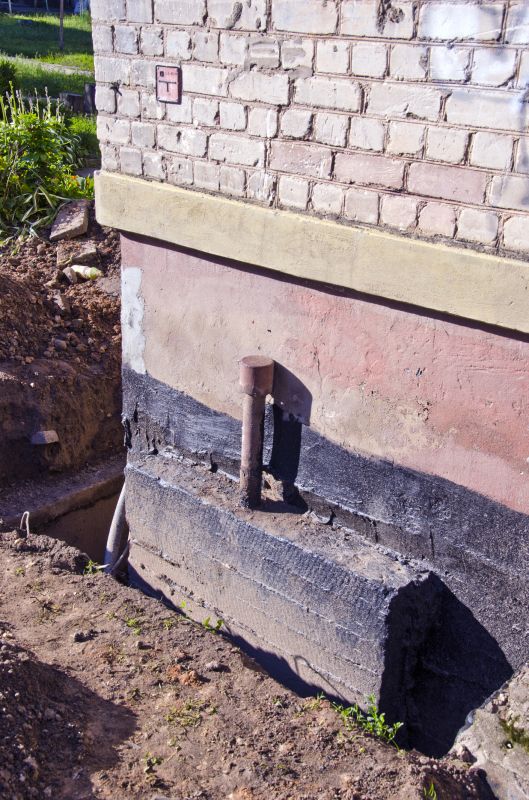
Cooler temperatures and less rain create ideal conditions for foundation work.
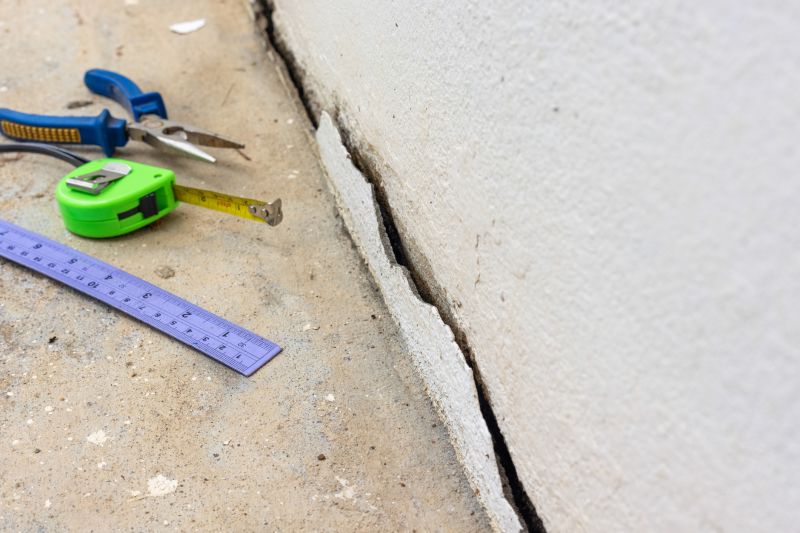
Ways to make Foundation Repairs work in tight or awkward layouts.

Popular materials for Foundation Repairs and why they hold up over time.

Simple add-ons that improve Foundation Repairs without blowing the budget.

High-end options that actually feel worth it for Foundation Repairs.

Finishes and colors that play nicely with Foundation Repairs.
| Season | Optimal Conditions |
|---|---|
| Spring | Moderate temperatures, increased soil moisture |
| Summer | Dry weather, longer days |
| Fall | Cool temperatures, less precipitation |
| Winter | Freezing temperatures, soil frost |
Foundation repairs involve addressing structural issues caused by soil movement, settling, or cracking. Proper timing ensures that repairs are durable and effective. Soil conditions and weather patterns can impact the longevity of repairs, making seasonal planning essential.
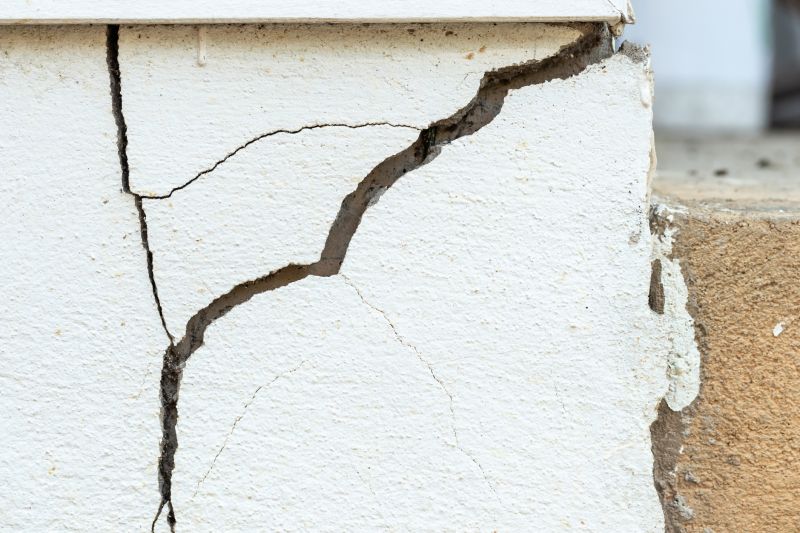
Cracked and uneven foundation indicating the need for repair.

Excavation and stabilization techniques being applied.

Repaired foundation with improved stability.
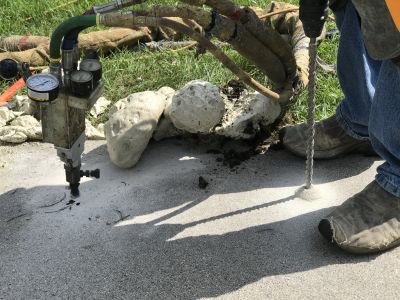
Tools used to manage soil conditions during repairs.
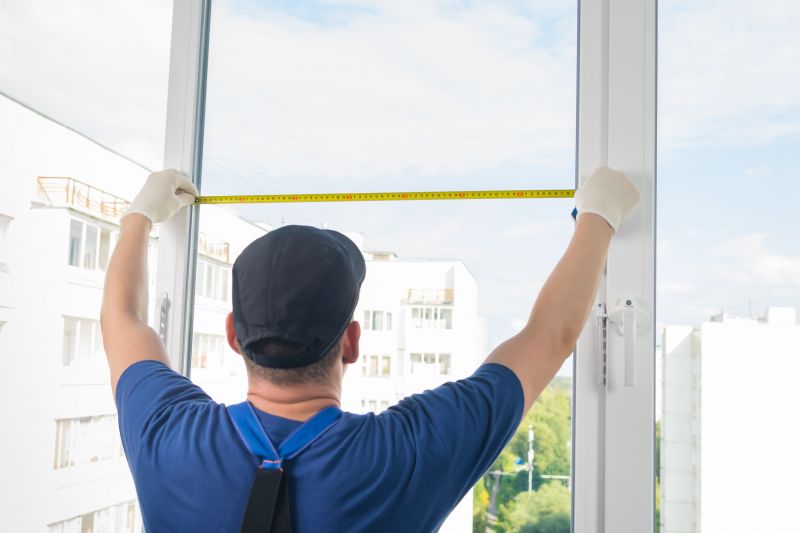
Little measurements that prevent headaches on Foundation Repairs day.

A 60-second routine that keeps Foundation Repairs looking new.

A frequent mistake in Foundation Repairs and how to dodge it.

Small tweaks to make Foundation Repairs safer and easier to use.
Timely foundation repairs can prevent further structural damage and costly future repairs. Consulting with foundation specialists can help determine the best time for repairs based on local conditions and specific needs.
Interested in foundation repair services? Fill out the contact form to get started and receive more information about scheduling and options.

